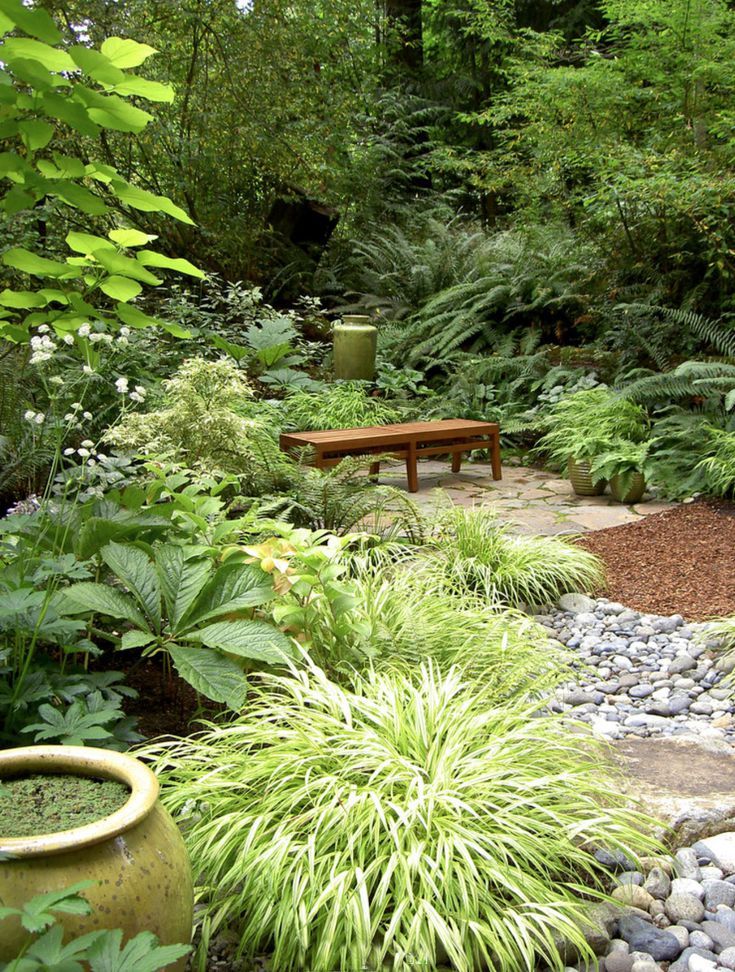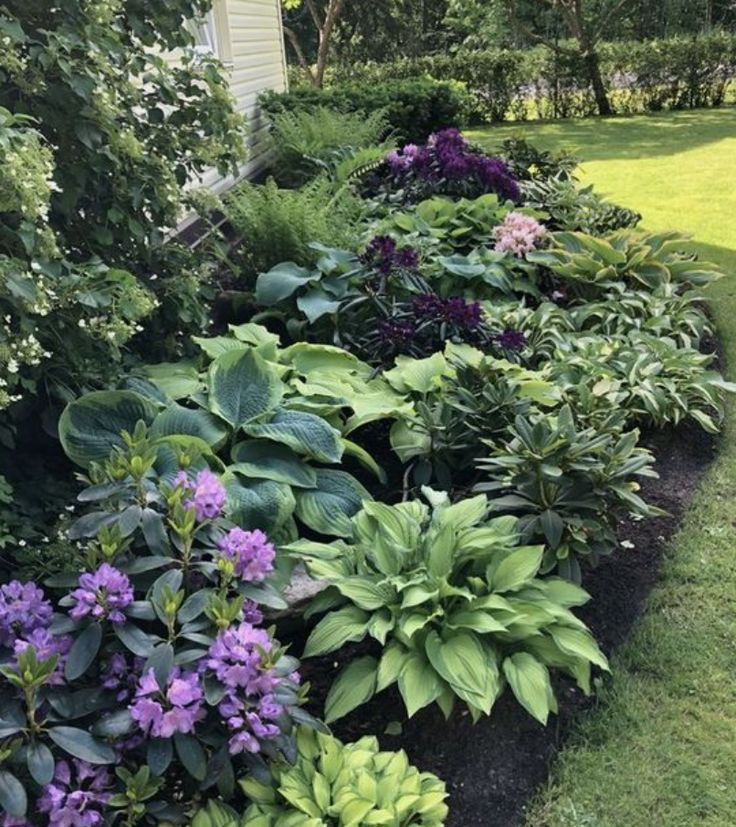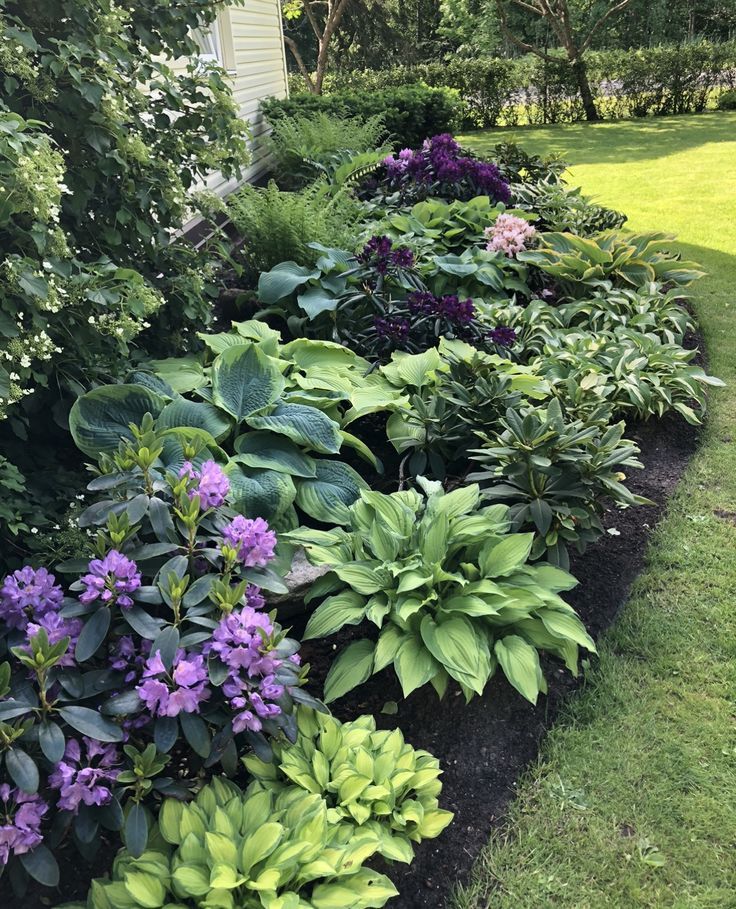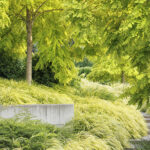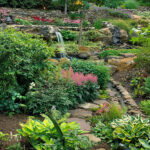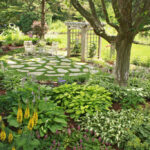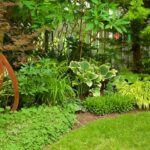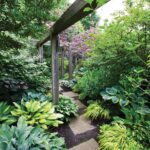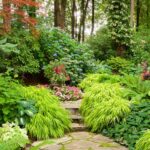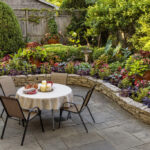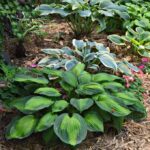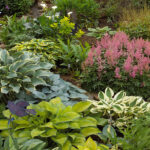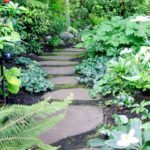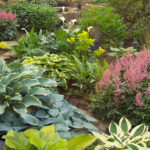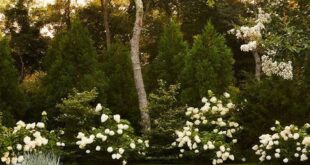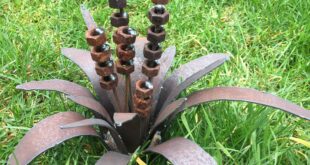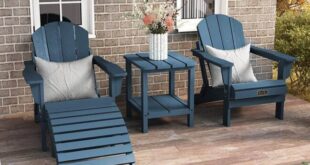Shade garden design is a popular choice for many homeowners who are looking to create a peaceful and serene outdoor space. In shaded areas where direct sunlight is limited, there is still plenty of potential for creating a beautiful and thriving garden. The key to designing a successful shade garden lies in choosing the right plants and creating the right layout.
When designing a shade garden, it is important to first assess the amount of sunlight that the area receives throughout the day. Different plants thrive in different levels of shade, so it is important to choose plants that are well-suited to the specific conditions of your garden. Some plants that do well in partial shade include ferns, hostas, and hydrangeas, while plants like impatiens and begonias thrive in full shade.
In addition to choosing the right plants, the layout of the garden is also crucial to its success. When designing a shade garden, consider creating different layers of plants to add depth and interest to the space. This can be accomplished by planting taller plants towards the back of the garden and shorter plants towards the front. Adding different textures and colors can also help to create a visually appealing garden.
Another important aspect of shade garden design is ensuring that the soil is well-drained. Shaded areas can often be damp and prone to poor drainage, which can lead to root rot and other issues for plants. Adding organic matter such as compost or peat moss to the soil can help improve drainage and create a healthy growing environment for plants.
When designing a shade garden, it is also important to consider adding hardscape elements such as pathways, seating areas, or water features. These elements can help to create a sense of structure and organization in the garden, as well as provide opportunities for relaxation and enjoyment. Incorporating architectural elements such as trellises or arbors can also add vertical interest and create a focal point in the garden.
Overall, shade garden design offers a unique opportunity to create a tranquil and beautiful outdoor space. By carefully selecting the right plants, creating an appealing layout, ensuring proper drainage, and adding hardscape elements, you can create a shade garden that is both visually stunning and enjoyable to spend time in. With a little planning and creativity, you can transform a shaded area into a peaceful oasis that you can enjoy for years to come.
 yishifashion Where Outdoor Dreams Become Reality
yishifashion Where Outdoor Dreams Become Reality
